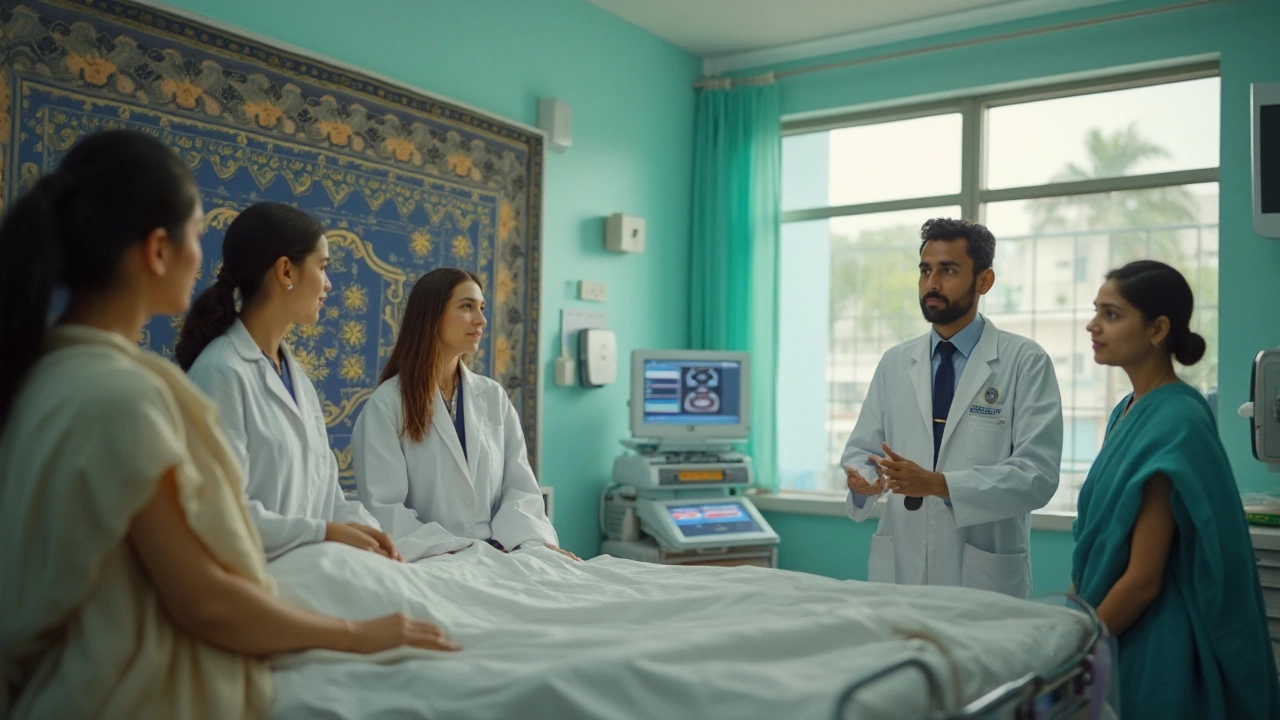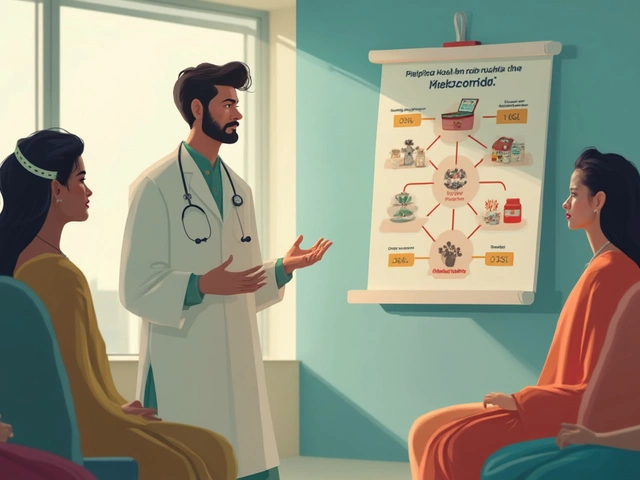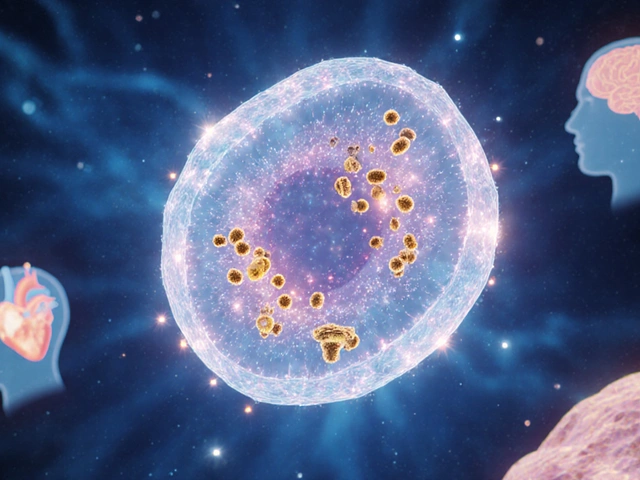Cancer Types: What You Need to Know
When you hear the word “cancer,” it’s easy to think of one disease, but there are dozens of types, each with its own behavior and treatment plan. Knowing the basics can help you spot warning signs early and make smarter choices about screening and lifestyle.
In India, the mix of genetics, environment, and access to care shapes which cancers appear most often. Some cancers strike quickly and are hard to cure, while others have high survival rates when caught early. Below we break down the most important facts you should keep in mind.
Most Deadly Cancer Types
Deadly doesn’t always mean untreatable, but it does mean the disease spreads fast or hides well. Pancreatic cancer tops the list – it often shows up after it’s already advanced, and the five‑year survival hovers around 9%.
Lung cancer follows closely, especially for smokers. Even non‑smokers can develop it, but the odds improve if it’s found before it spreads. Liver cancer is another big threat, linked to hepatitis infections and alcohol‑related liver damage.
Brain cancers like glioblastoma grow aggressively and resist many standard therapies. When these cancers are diagnosed late, treatment options narrow, and quality of life can decline quickly.
Easiest Cancers to Survive
On the brighter side, some cancers have excellent outcomes. Early‑stage breast cancer, when caught through regular mammograms, boasts a 90%+ five‑year survival rate.
Prostate cancer is often slow‑growing. Many men live decades with it and may never need aggressive treatment. Testicular cancer also ranks high – even metastatic cases respond well to chemotherapy.Thyroid cancers, especially papillary types, are usually treatable with surgery and have survival rates above 95%.
These success stories underline the power of early detection. Regular check‑ups, knowing your family history, and staying alert to changes in your body can make a huge difference.What about cancers that sit somewhere in the middle? Colon, ovarian, and cervical cancers each have a mix of outcomes based on stage at diagnosis and treatment quality. Colon cancer, for instance, sees a big jump in survival when polyps are removed before they turn malignant.
Remember, lifestyle plays a role too. Smoking, excessive alcohol, and a diet low in fruits and vegetables raise the risk for many of the deadlier types. Cutting these habits can lower your odds and improve overall health.
Finally, treatment advances are happening fast. Targeted therapies, immunotherapy, and precision medicine are turning once‑hopeless cancers into manageable conditions. Keeping informed about new options can empower you and your doctors to choose the best plan.
In short, not all cancers are equal. Knowing which types are most risky, which are most treatable, and how early detection changes the game gives you a real advantage. Stay curious, stay screened, and talk openly with your healthcare provider about any concerns.

What Cancer Is 100% Curable? Facts, Myths, and Hope
Everyone wants to know if there’s a cancer that’s 100% curable, and the answer might surprise you. This article breaks down which cancers can be fully treated when caught early, separates myth from reality, and shares the latest facts about recovery. Learn how timing, treatment, and a bit of luck can play a huge role in beating cancer. You’ll also find tips for early detection and how new treatments are changing the outlook for many people. If you or someone you love is facing a cancer diagnosis, this article offers practical, real-world hope without sugarcoating the truth.

Understanding the Root of 90% of All Cancers
Most cancers fall into a handful of common types, driven by factors like lifestyle, genetics, and environmental exposures. Understanding what's behind these prevalent forms can empower you to take preventive steps. This article breaks down the predominant kinds of cancer, highlights lifestyle choices that elevate risk, and shares practical tips for reducing personal susceptibility.

Understanding the Deadliest Cancers: Unveiling the Most Aggressive Types
Among the many forms of cancer, some stand out due to their aggressive nature and rapid progression. These include pancreatic cancer, small-cell lung cancer, and glioblastoma, each known for their challenging treatment processes and poor prognoses. Early detection and innovation in treatment are crucial in battling these formidable adversaries. It is essential to stay informed about symptoms and advancements in cancer treatment.

Does Metformin Really Aid Weight Loss?
Feb, 12 2025

CoQ10 Benefits: Uses, Dosage, and Safety Guide
Oct, 8 2025

How to Lose 20 Pounds Quickly After 50
Apr, 3 2025

